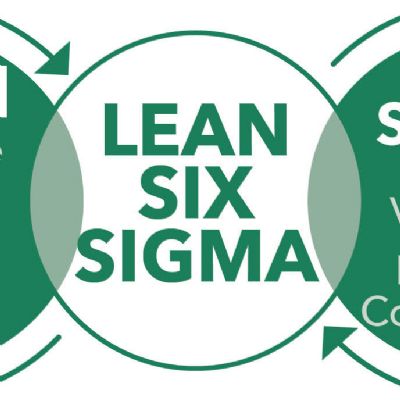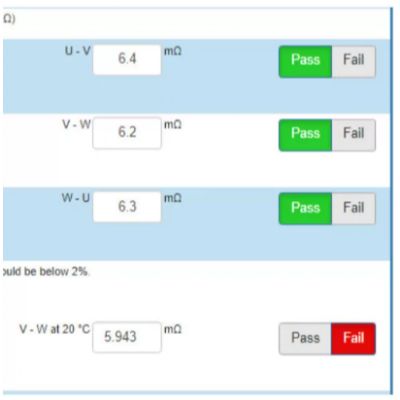More About the Laws of Nature
May 1, 2008Comments
One basic law of nature says that all actions must take place using the least amount of energy. To violate the law, one must pay a penalty that usually involves adding more energy to the system from an outside source.
Hold an object in the air. The object has potential energy. A person holding the object in the air must contribute additional energy to continue maintaining the object at its potential-energy level. Release the object and the potential energy changes to dynamic energy. Upon hitting the floor, the dynamic energy causes deformation of the floor and heat. Now the floor must contribute the force to maintain the position of the object. The scientific explanation sounds complex, but examples in the real world are easy to understand.
In last month’s column, we covered why this law of nature forced specific forming modes—usually against our process-design intent. Examples included kinking when bending material, buckles forming under the blankholder, and unexpected flow of sheetmetal around draw beads. Unfortunately, forming the part in the die is only half of the problem. The law of least energy also applies when removing the stamping from the die and during all subsequent operations involving the stamping.
While still in the die, the stamping contains many elastic stresses—both tensile and compressive. The tooling (punch, die ring, blankholder, etc.) exerts external forces or stresses on the stamping to balance the internal elastic stresses created during forming. Remove the stamping from the die and the internal elastic stresses now are unbalanced and the part changes shape until the stresses rebalance. Common press-shop thinking says the stamping tries to return to its original flat blank. This would be true for stampings without permanent plastic strains or geometric features that constrain further material flow. However, useful stampings have strains and shapes that hinder the return of the part back to the blank geometry. Therefore, the stamping now attempts to undergo additional deformation to any shape that reduces the elastic stresses and minimizes the total remaining energy (residual stresses). The part will twist, oil can, curl, change angles or do anything to minimize the residual stresses. Springback is the technical term for this shape change. Press-shop personnel have other favorite names to describe this shape change.
Through years of trial and error, many tool shops have learned how to correct for springback for each stamping they make through tool compensation. These compensation techniques include initial stamping design, over-bending, over-crowning, specific die radii, draw beads, restrike dies, lubricant placement, and many other specifics of tooling and process design. Unfortunately, this approach applies mainly to average springback. The stamping-to-stamping variation causes all of the problems associated with dimensional variations.








